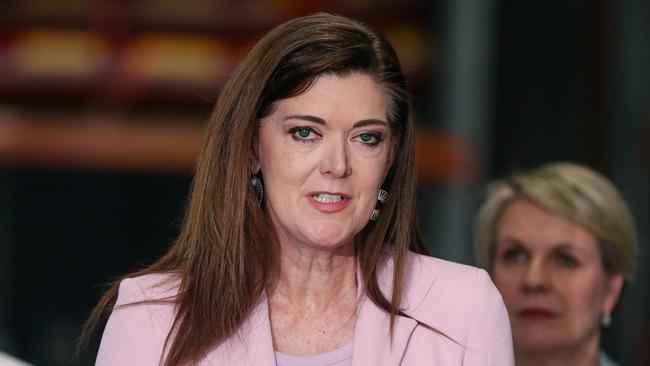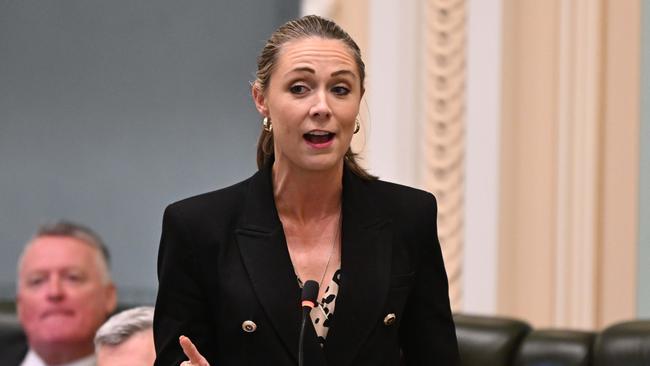Qld households face $437 a year rates hike
Queensland households face being slugged up to $437 a year extra on their rates bill if the state government doesn’t urgently fix a $2.2bn funding black hole, the council peak body has warned.

QLD Politics
Don't miss out on the headlines from QLD Politics. Followed categories will be added to My News.
Queensland households face being slugged up to $437 a year extra on their rates bill if the state government doesn’t urgently fix an infrastructure funding black hole, the council peak body has warned.
New research commissioned by the Local Government Association of Queensland found councils and communities are at risk of shouldering a $2.2bn funding gap over the next four years to build critical infrastructure like roads, parks, sewerage and water.
And this could result in southeast Queensland residential ratepayers being slugged an extra $269 a year to cover the cost.
In the regions, where councils are less populated, ratepayers face a whopping $437 a year hit on their rates bill amid a cost-of-living crisis.
The LGAQ warned the funding black hole will eventuate unless the state government overturns laws in place since 2011 that puts a ceiling on how much councils can charge property developers for trunk infrastructure — which includes roads, parks, sewerage and water.
Councils regularly charge property developers who lodge new development applications a calculated fee — or developer contribution — to put toward new infrastructure.
But since 2011 state government planning laws have put a ceiling on those charges and the LGAQ has argued the amount councils are allowed to charge has not kept pace with the cost of delivering infrastructure.
If it had the infrastructure charge for a three-bedroom home would now be nearly $38,000 — up from the $28,000 it was in 2011. Instead it currently stands at $31,080.

According to the LGAQ the state itself charges developers 50 per cent more than a council could when the project is in priority development areas — averaging $46,000 more per lot.
LGAQ chief executive Alison Smith said the infrastructure charging regime needed modernising as communities and councils were getting the “wrong end of the stick”.
“Because the state’s infrastructure charging regime has been capped since 2011, it has not kept pace with the true cost to councils to provide this critical infrastructure,” she said.
“This is why Queensland councils want the cap increased and appropriately indexed – so that it is fit for purpose, so that it enables a user-pays system, so that developers are charged a fair price for infrastructure, and so that it does not keep gouging Queensland ratepayers.”
Housing and Planning Minister Meaghan Scanlon has previously left the door open to a future change to developer charges and more cash for councils.
In order to avoid pushing the burden onto ratepayers the LGAQ, which represents the state’s 77 local governments, is calling for the infrastructure charge ceiling to go up by 22 per cent in line with the Australian Bureau of Statistics Road and Bridge Construction index.
It is also calling for the state government to pump an extra $500m annually for the next four years into the local government sector to support trunk infrastructure upgrades.



